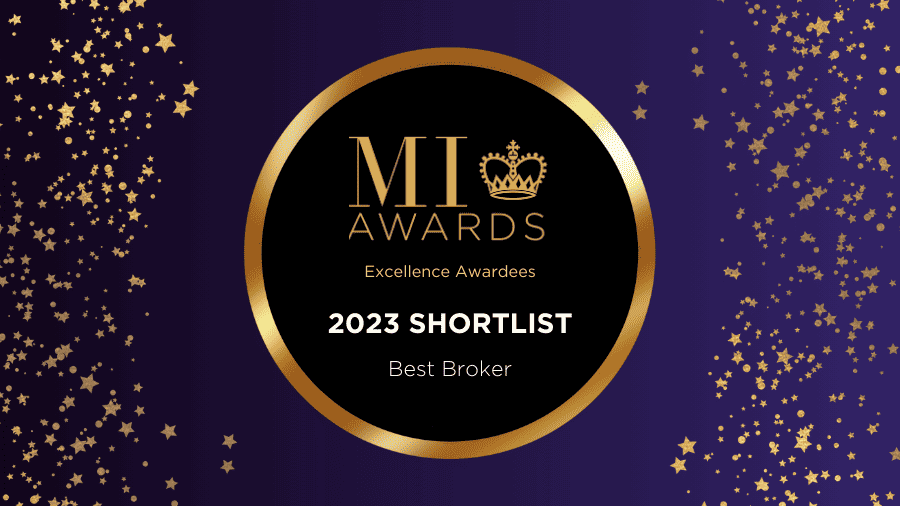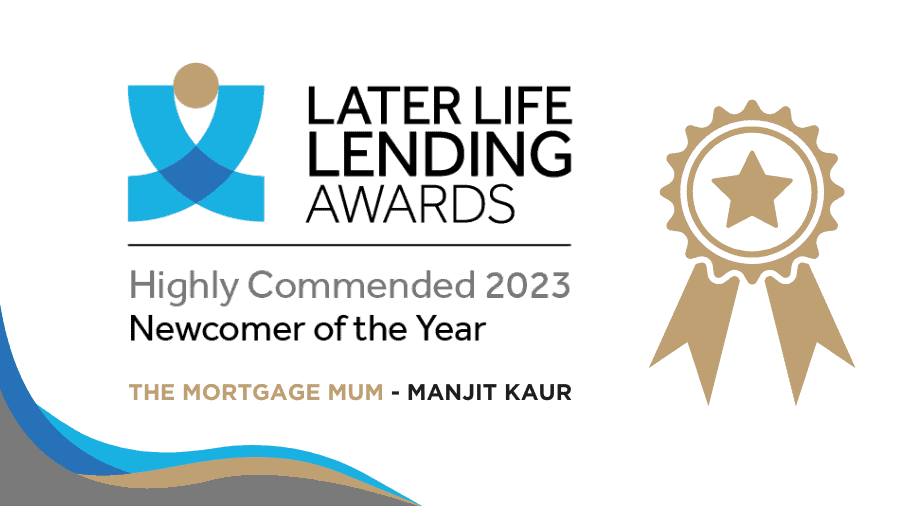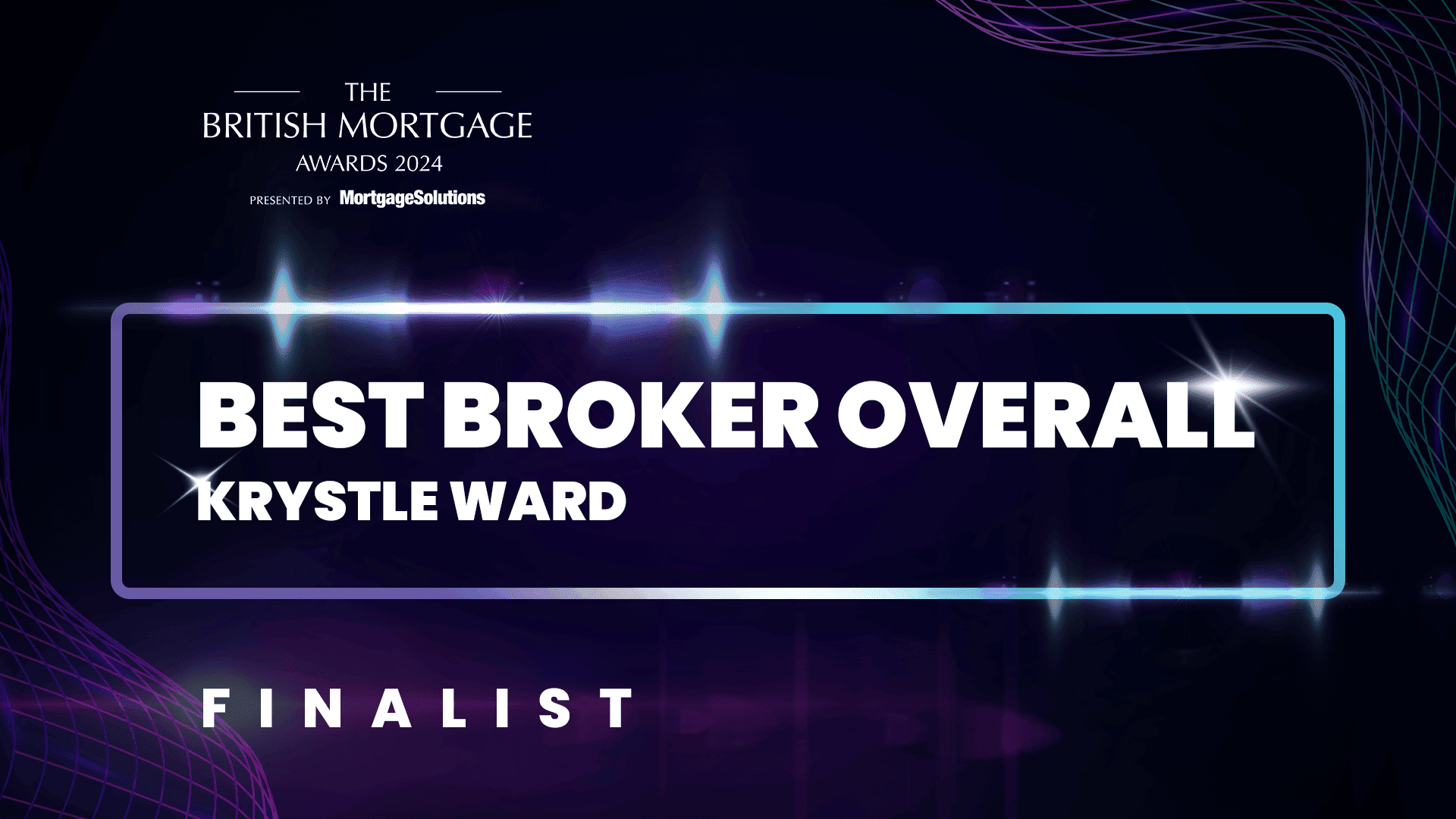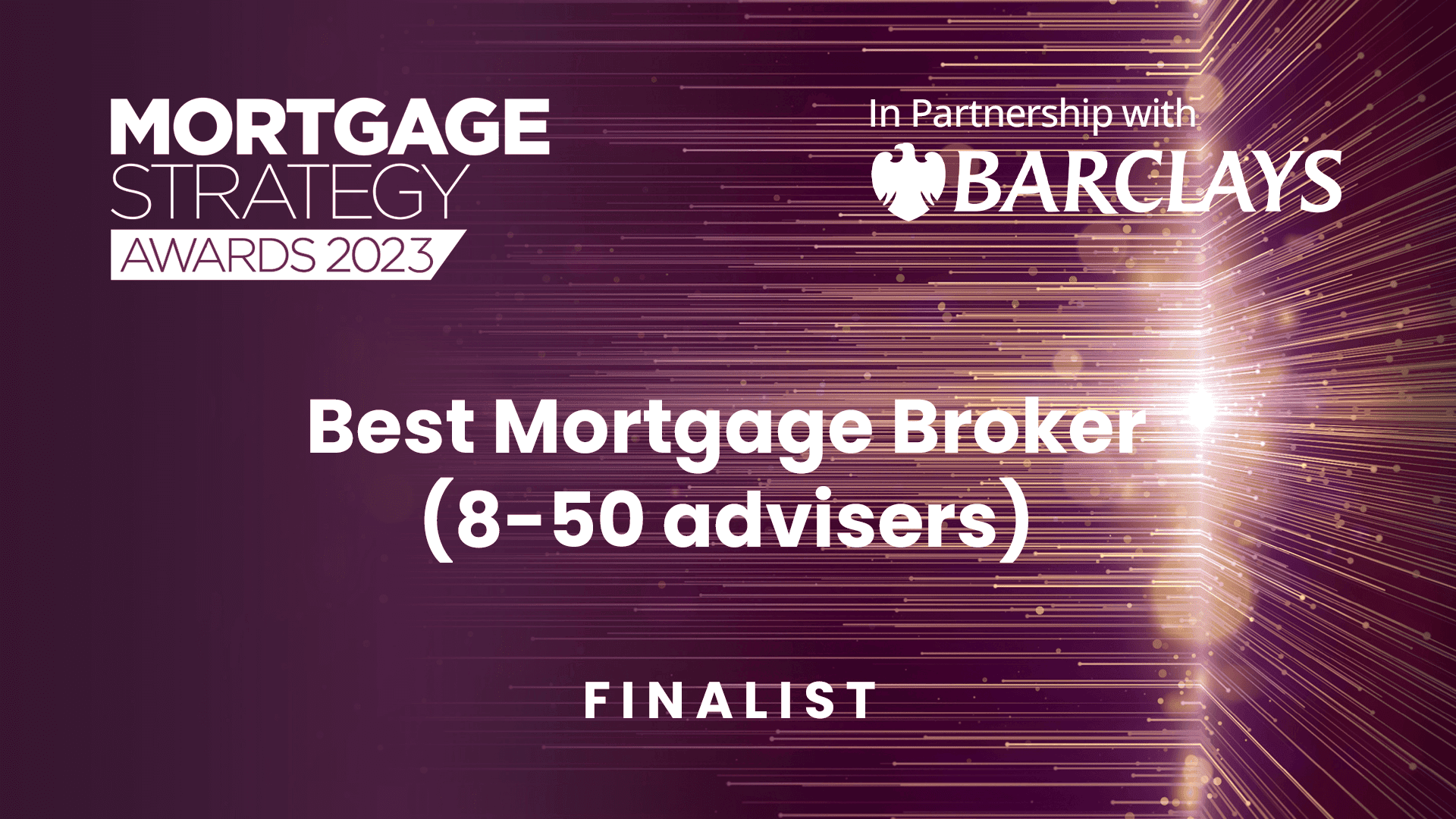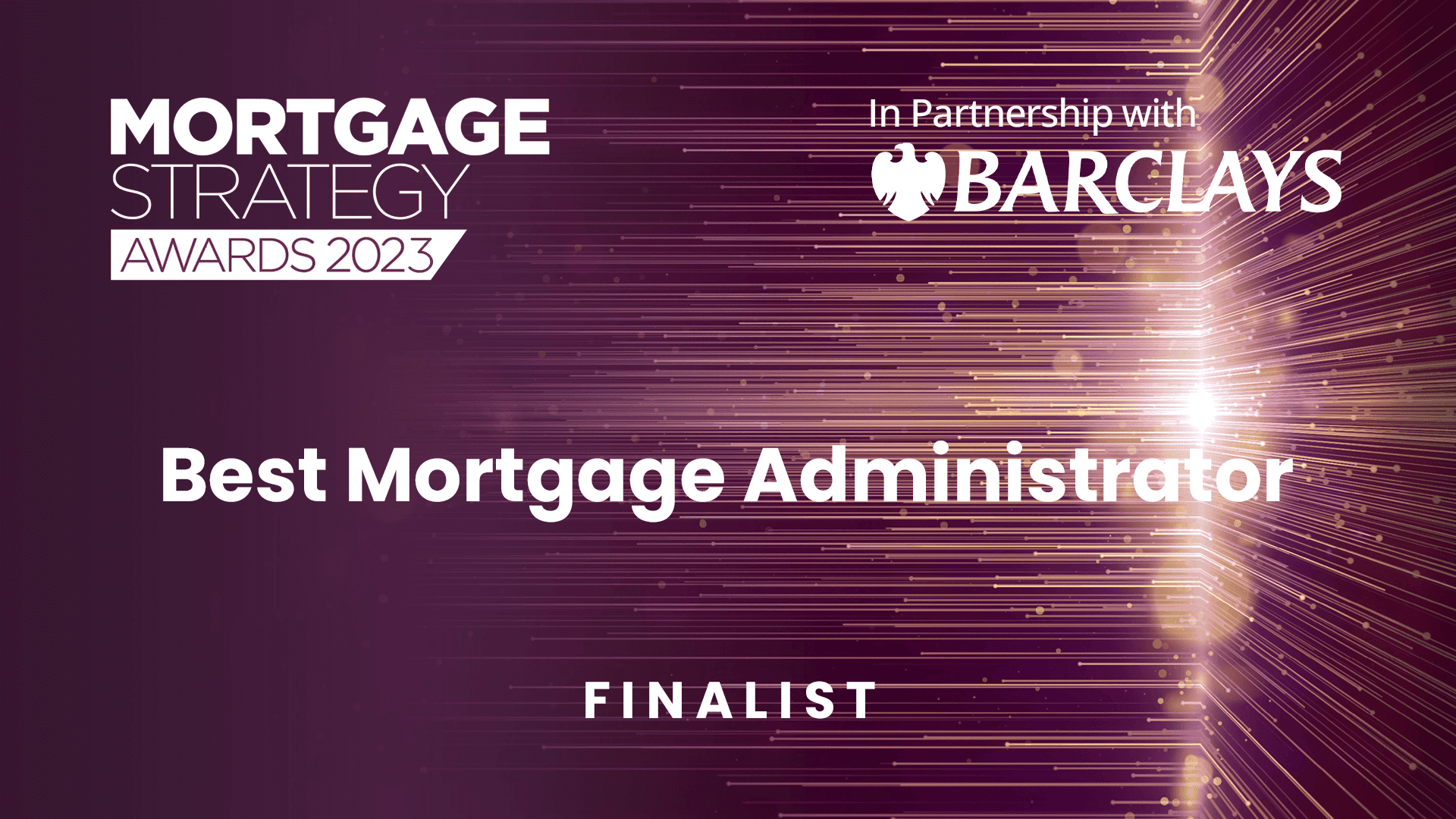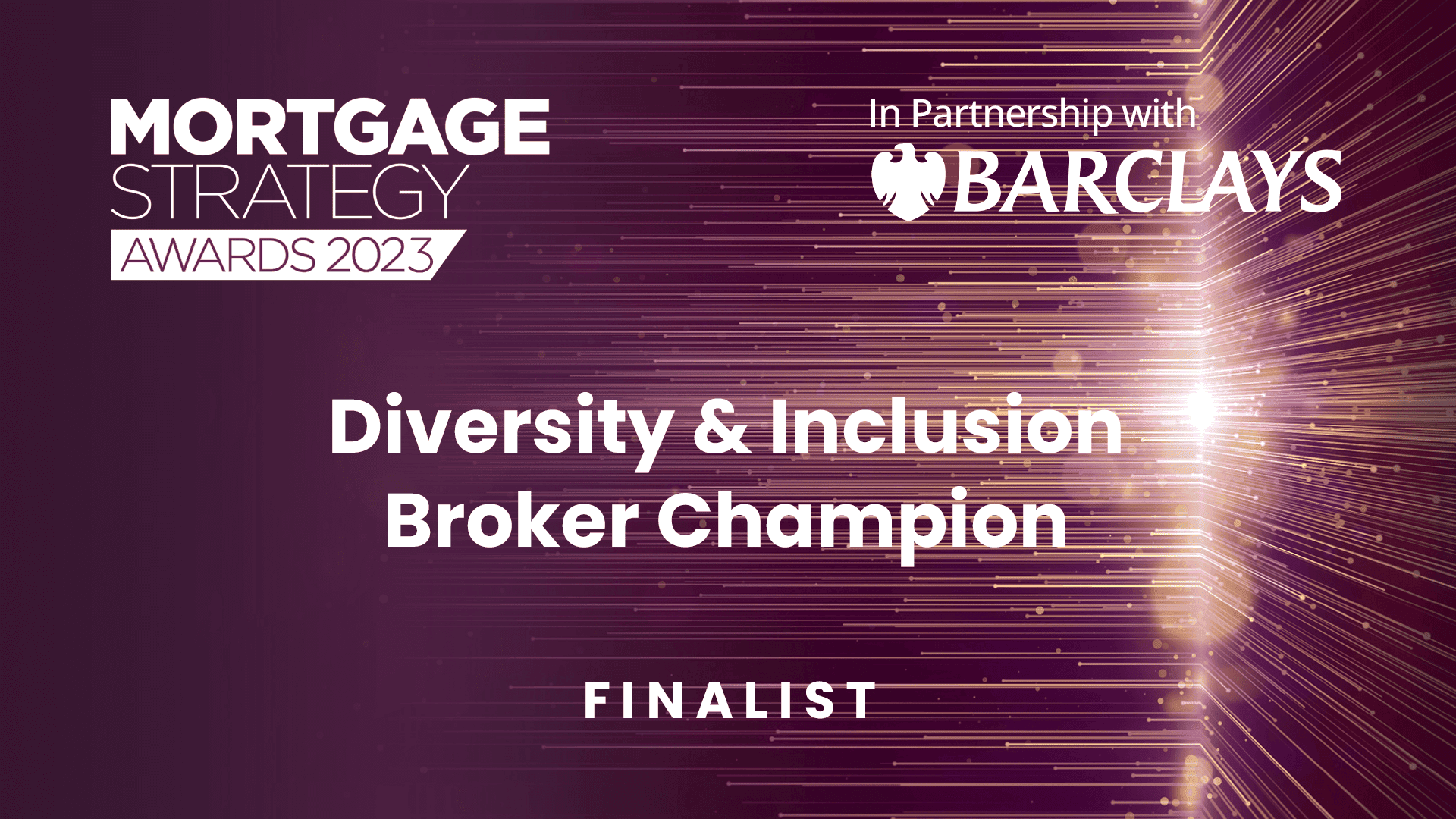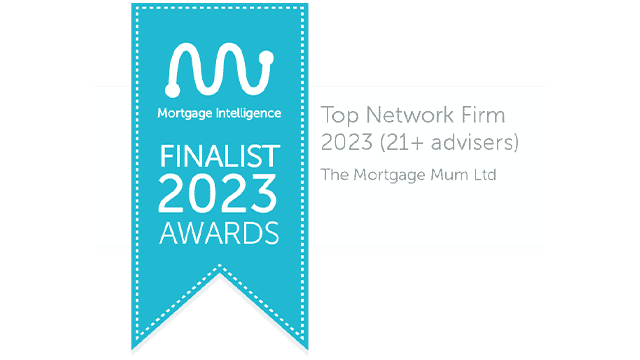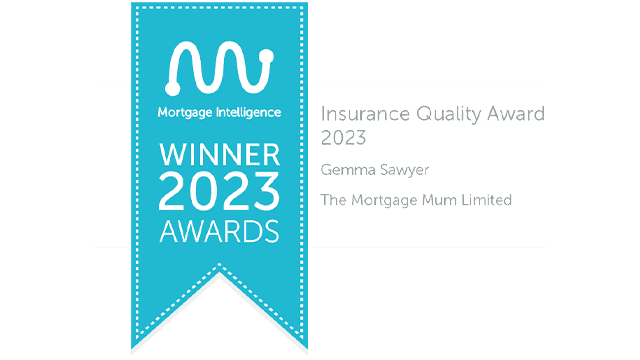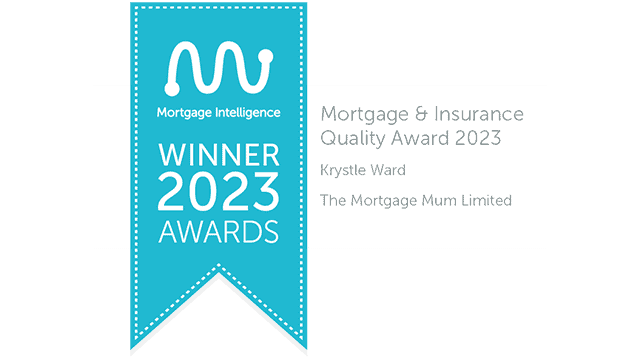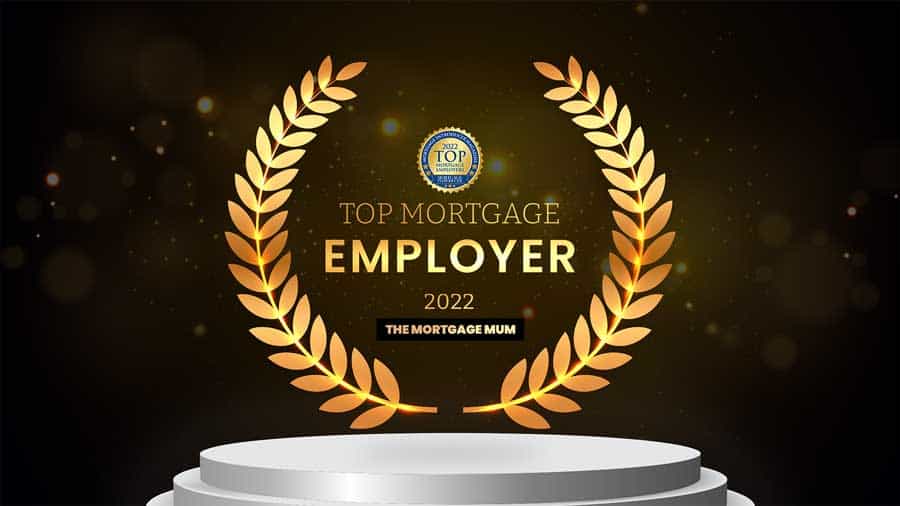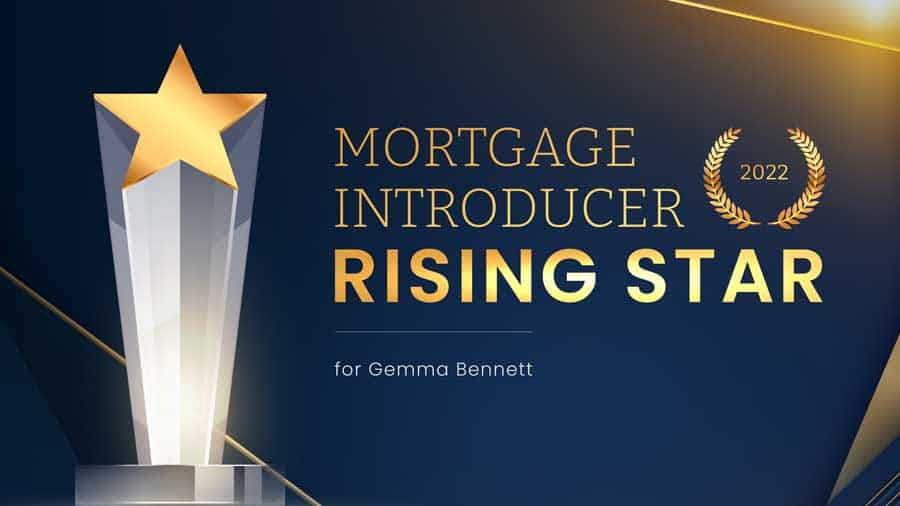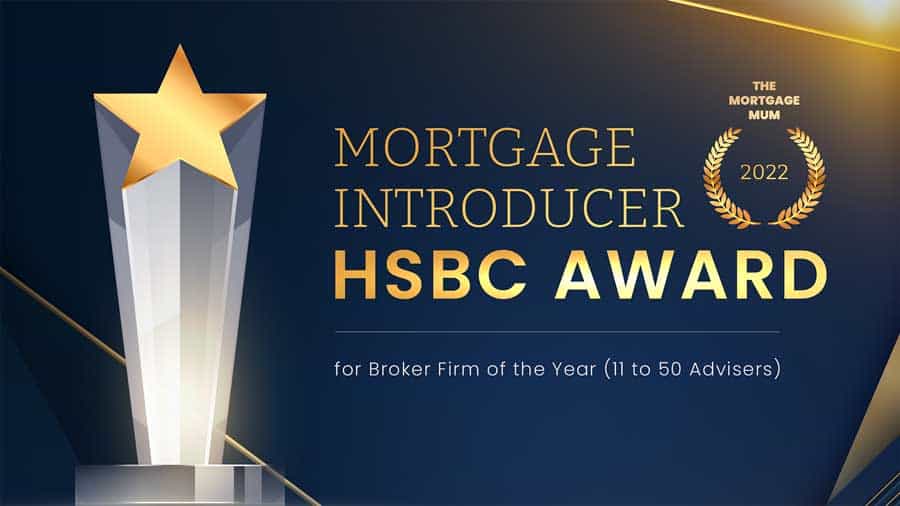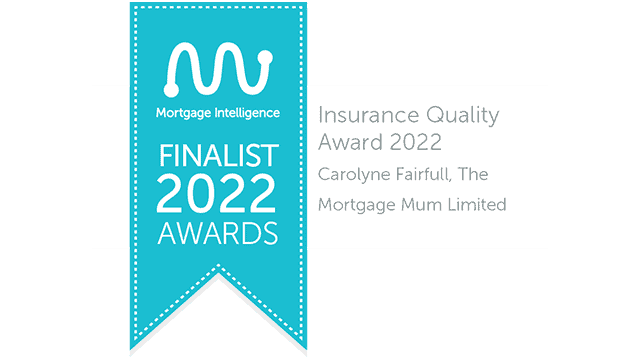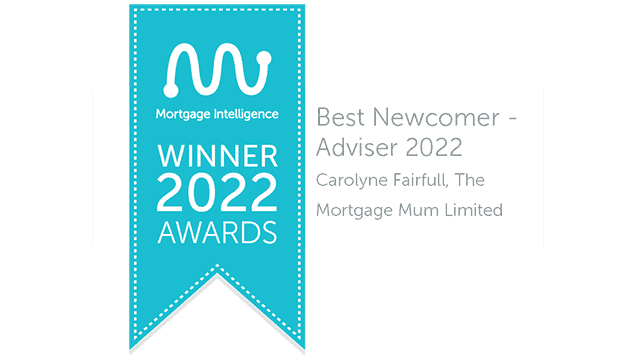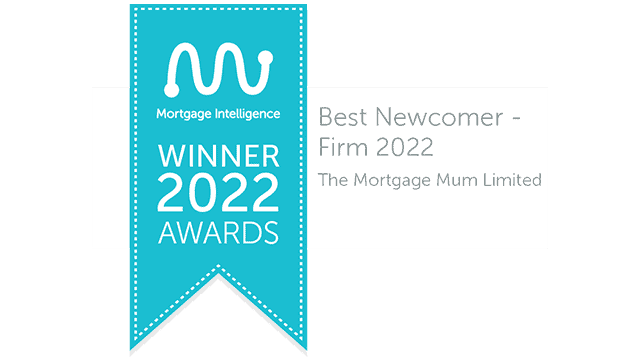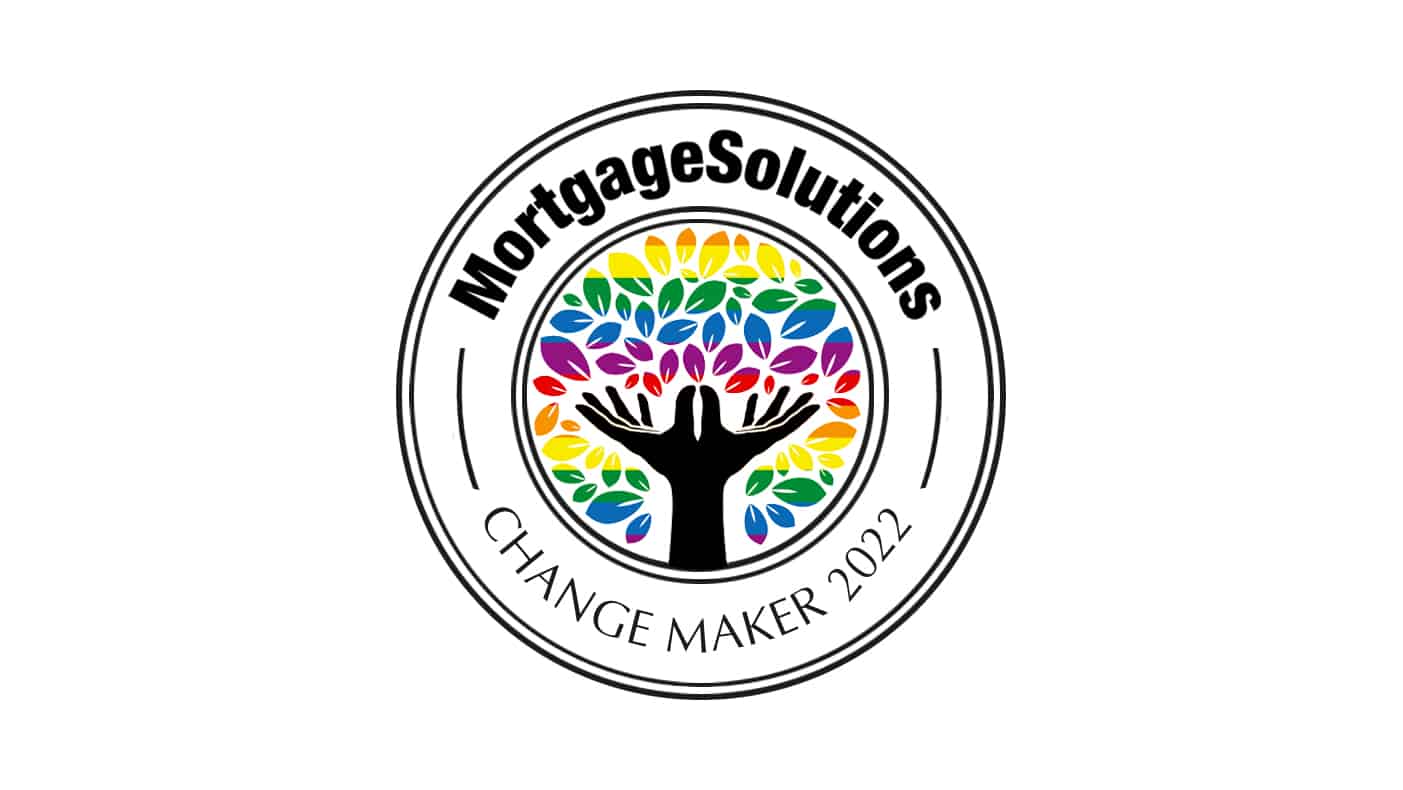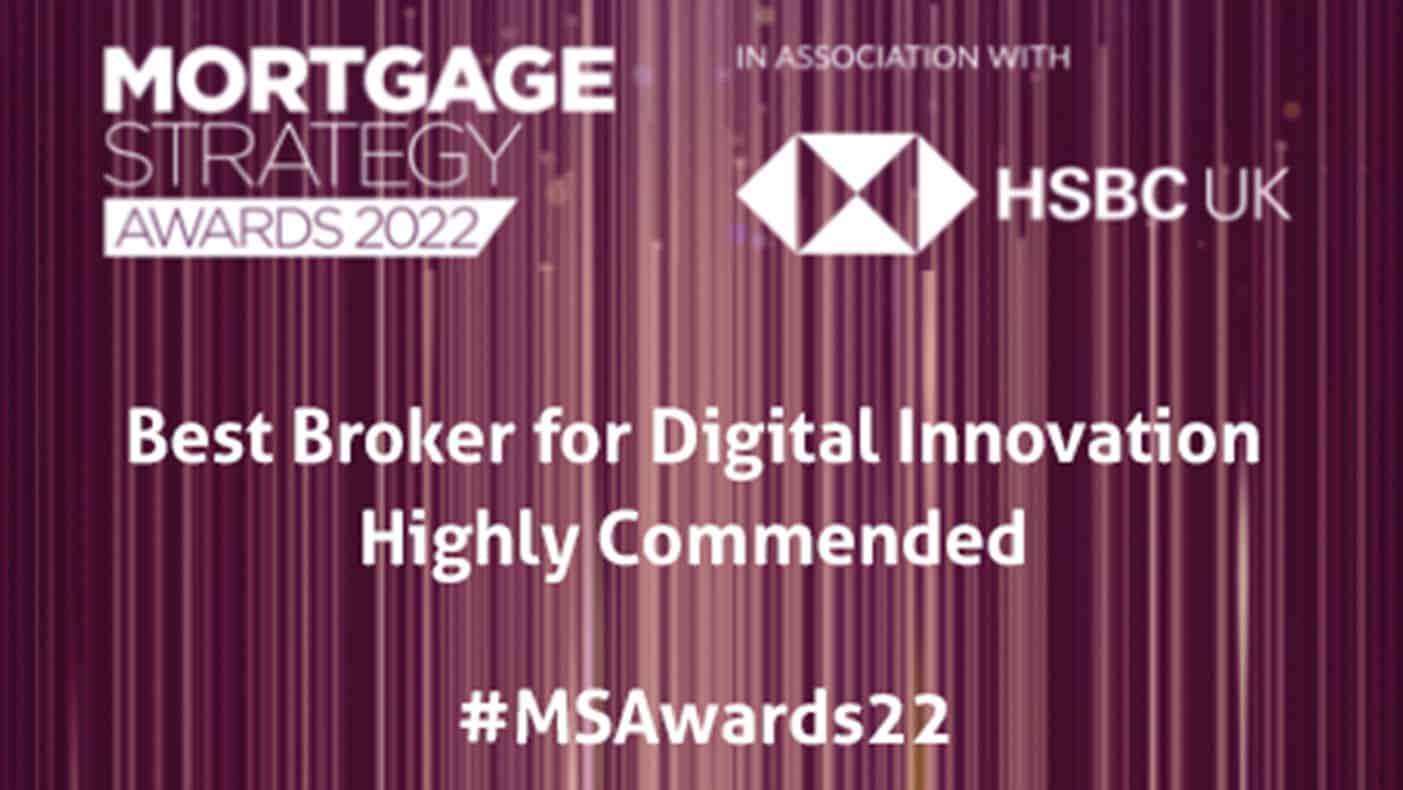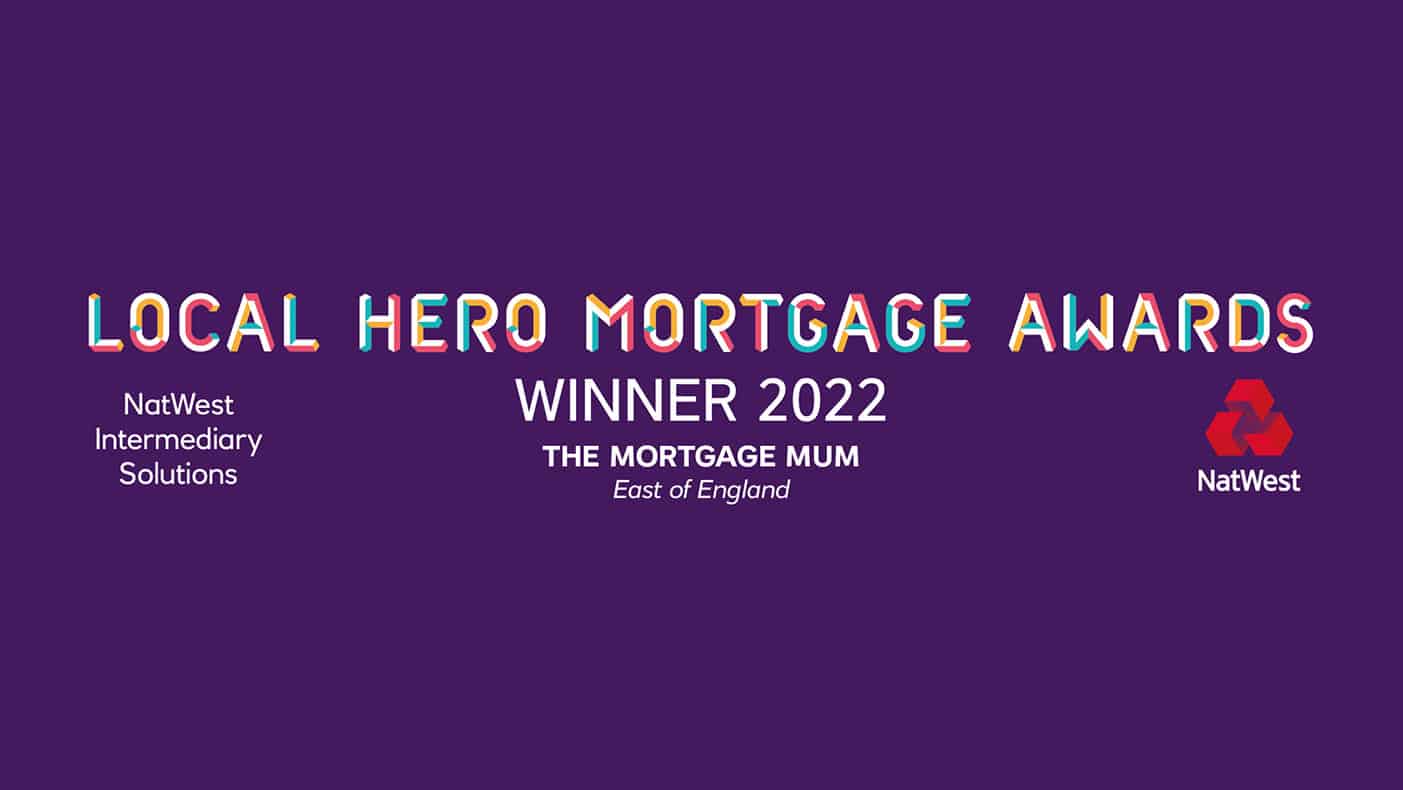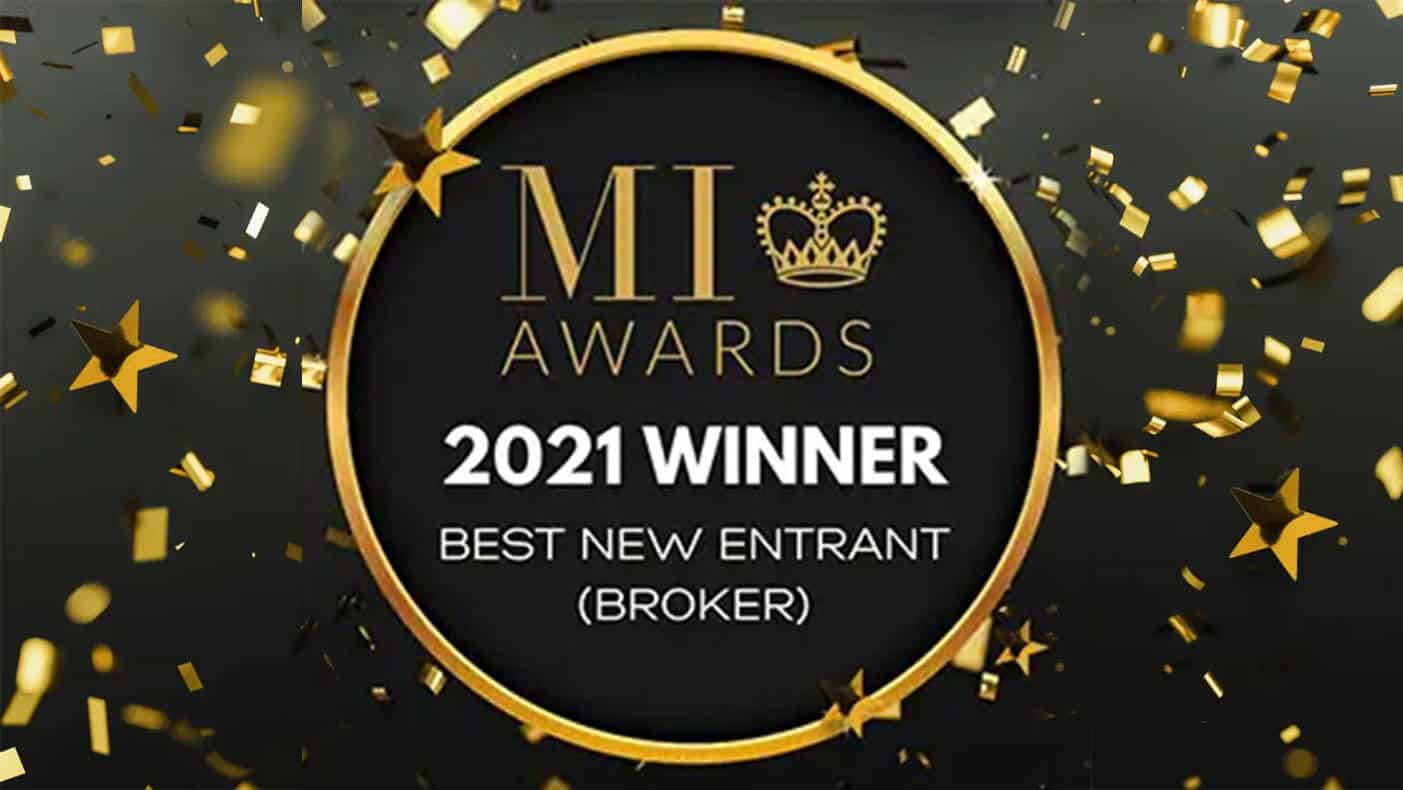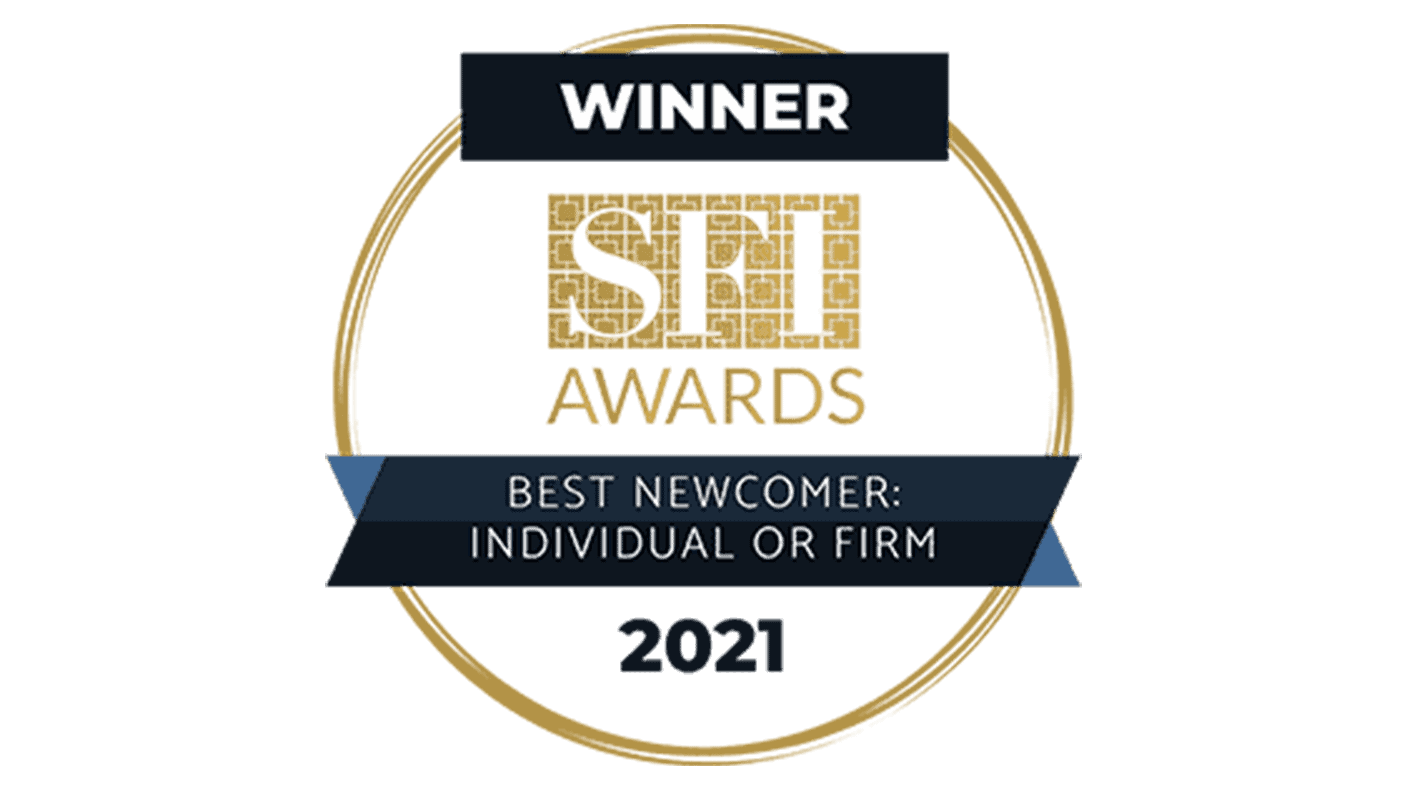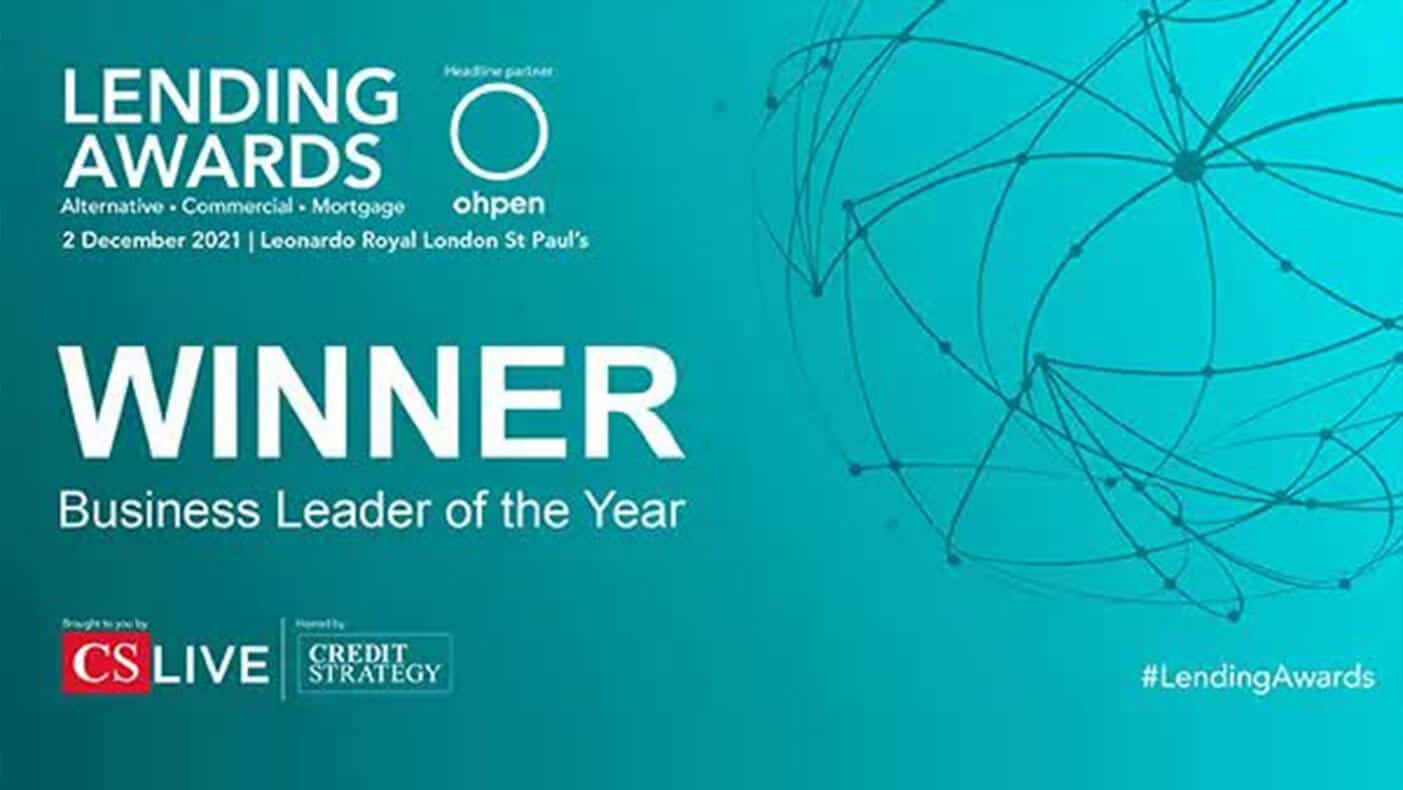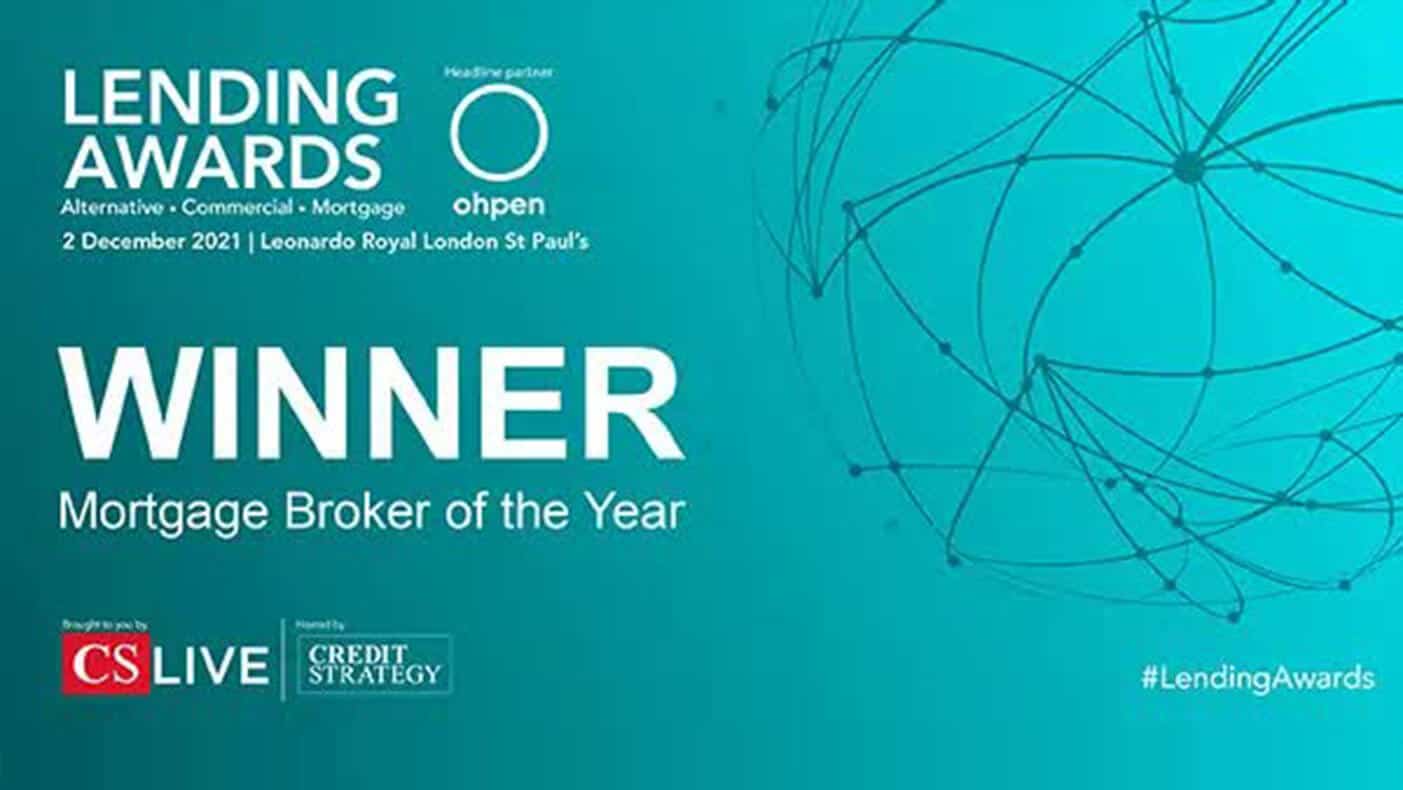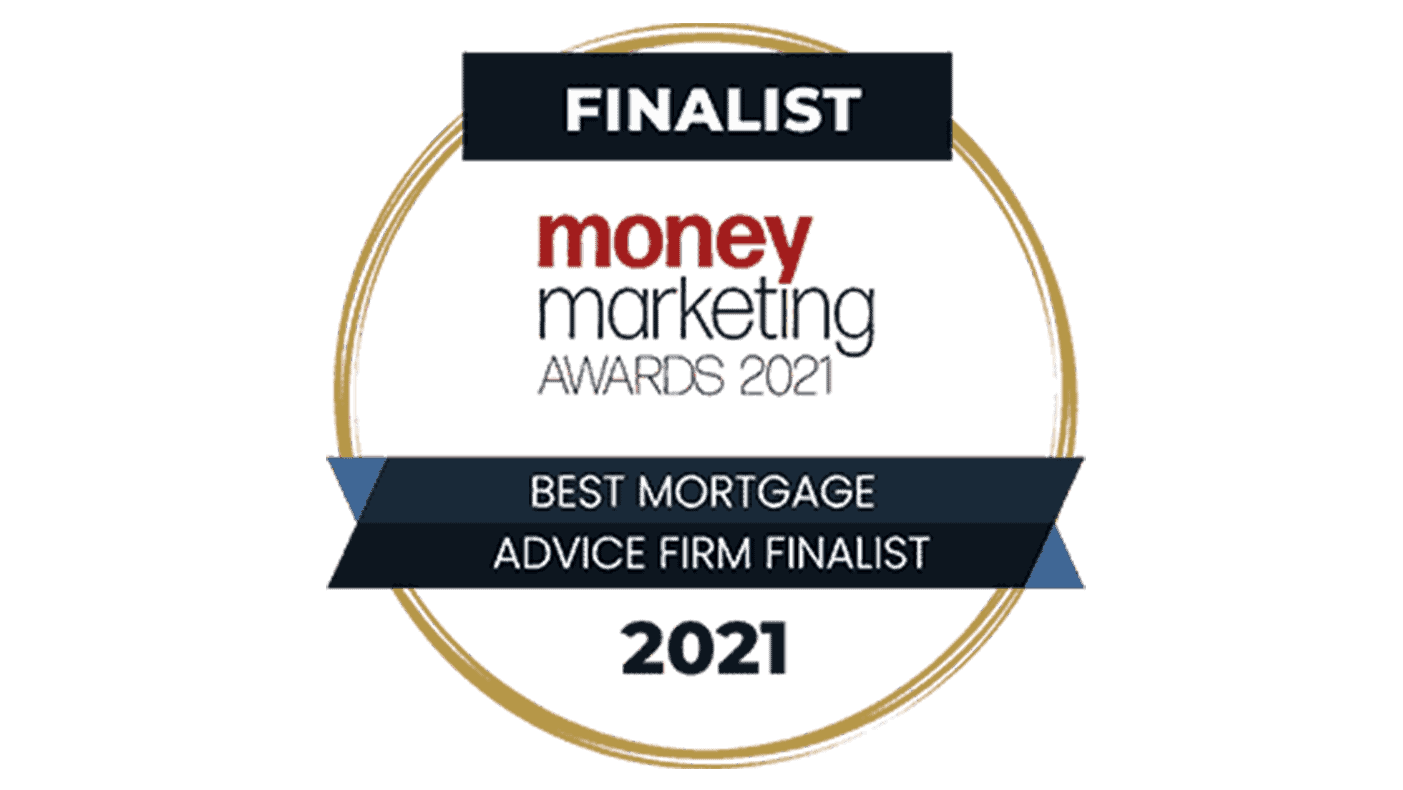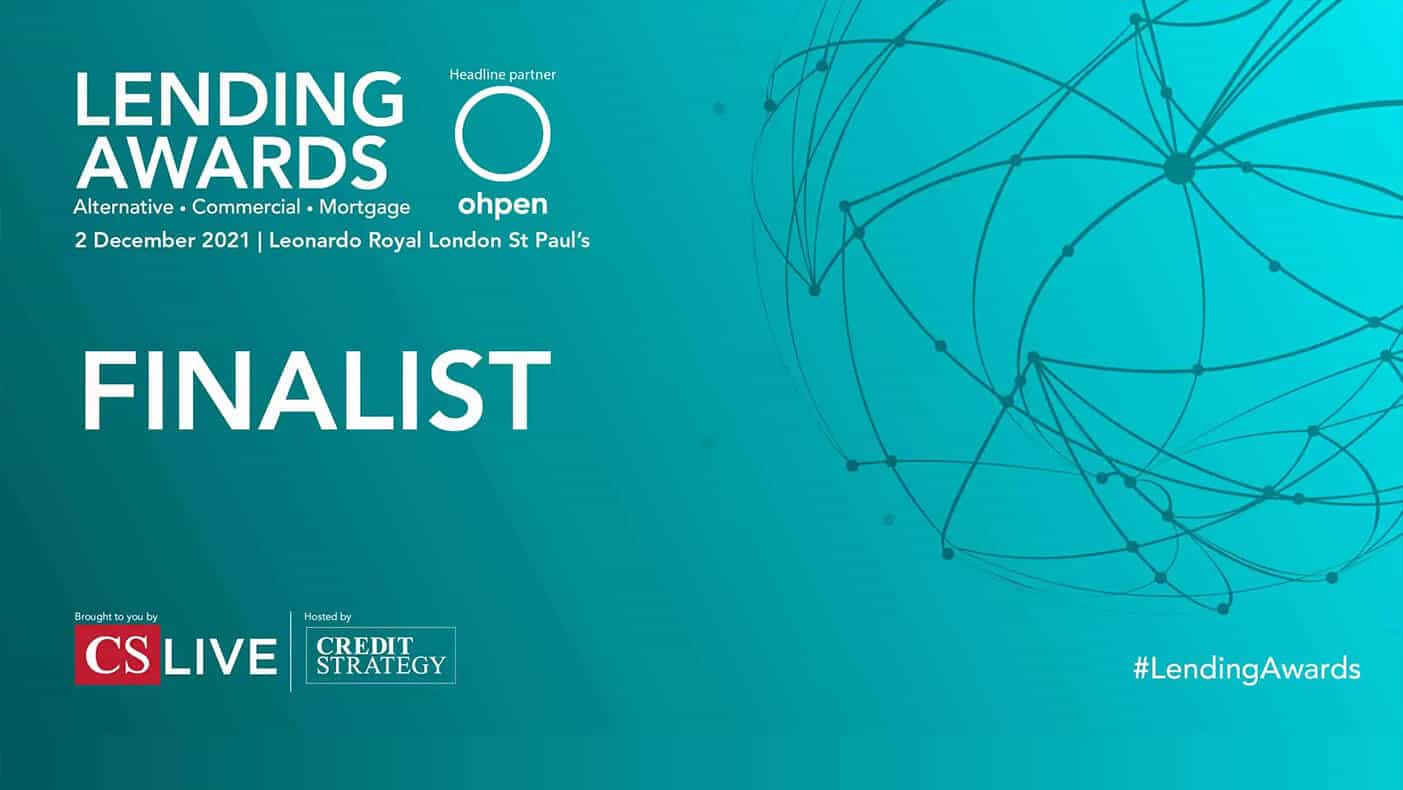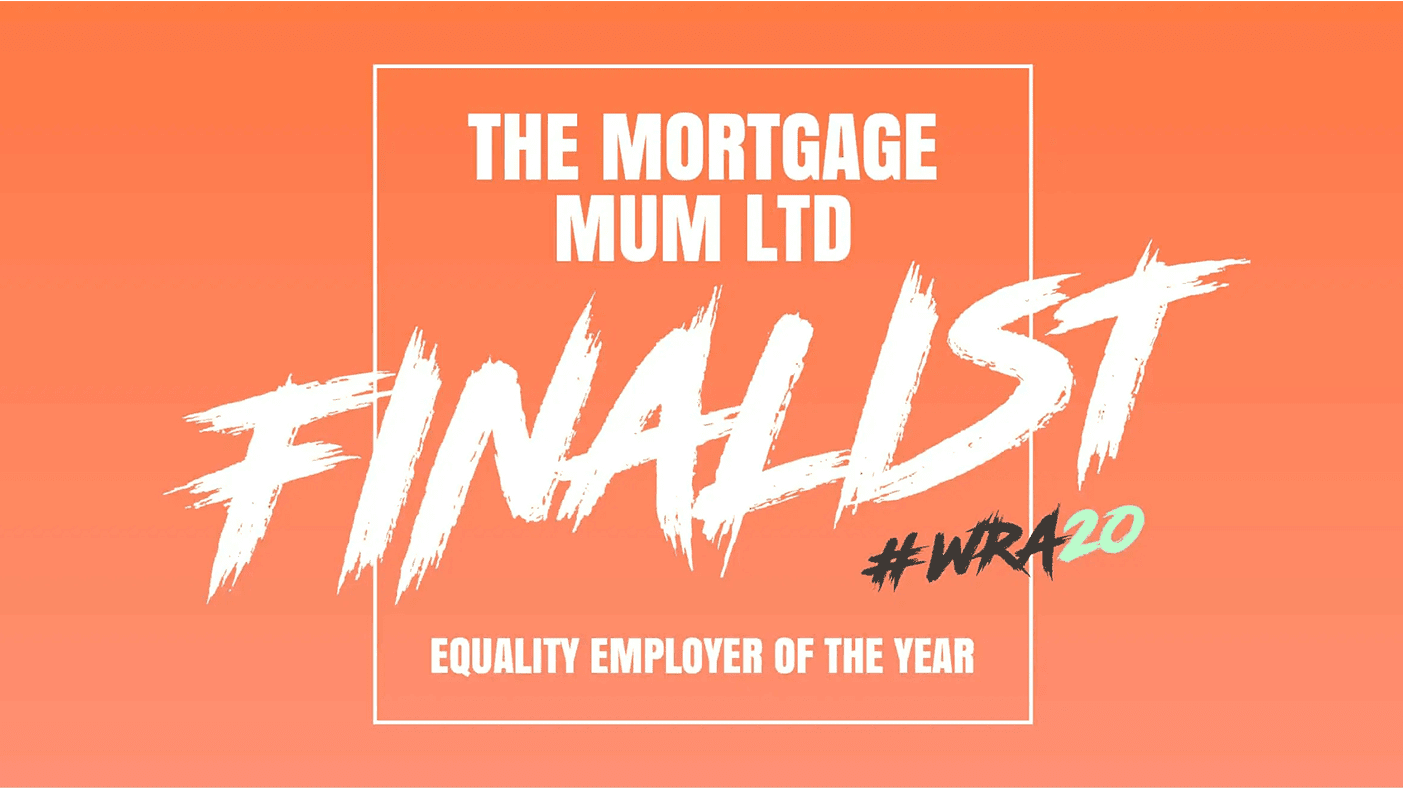Bridging Finance can have a bit of a bad reputation. People tend to think it’s really expensive, that you only use it for one thing, that it’s all about speed and that it’s an absolute last resort. So this episode is going to give you some real knowledge and help you understand exactly what it is, why you might need it and how it can be a fantastic solution as long as you’re using it in the right way. As with anything, knowledge is power.
Here at The Mortgage Mum we work with some brilliant experts in the area of bridging finance. It’s a massive market, and there are so many companies out there doing it, so please make sure you work with someone you know, like and trust.
What is Bridging Finance?
The word bridge is the key word here. It’s when you need money for a short period of time, the bridging phrase comes from ‘bridge the gap’.
The idea of a bridging loan is to bridge the gap when it’s needed is to give you access to a large amount of funds for a short period of time.
Bridging Loans for Auctions
There’s lots of different reasons why people use bridging loans or a bridge loan.
One of the main reasons is auctions. And the reason it’s used for auctions is because if you buy a property at an auction, there’s a 28 day deadline for most properties and that is virtually impossible for a mortgage lender to do (especially at the moment because everything is taking twice as long as it used to because of COVID).
So, there’s a big stigma that you can’t actually buy a property with bridging finance and that auction companies won’t let you buy with bridging finance, but that’s not true.
A bridge loan can be really, really useful if you need access to the money to buy a property at auction quickly so that you can meet the deadline, but you might not have sold your property yet, for example. With bridging finance, it’s all about the exit!
So with an auction property, for example, lots of people buy properties at auctions that are considered by mortgage lenders to be uninhabitable. If you haven’t got a working kitchen, lenders are not too happy to lend a mortgage; it’s considered unmortgageable.
So bridging finance could help you purchase the property within the deadline and allow you to get the work done to make it habitable. Your exit in that scenario is going to be your mortgage.
So once the property is mortgageable, i.e. it has a working kitchen and bathroom, you can get a normal mortgage on it and then you can pay the bridge off. And then it’s really worked in your favour because without it, you would simply not have been able to buy the property.
Speak to an expert
We will work at times that suit you and your family, carrying out appointments via video call, telephone or email, giving you the benefit of first class service, around your own schedule, and in the comfort of your own home. So let us handle your mortgage today and find out how well we can look after you, The Mortgage Mum way!
Other reasons to use Bridging Finance
Some of the other reasons you might want to bridge is if you are a builder and you’ve got yourself some development finance and it’s coming to the end of its term, and the property’s not finished yet, or you’ve not sold the property yet, a bridge would help you while you’re waiting to sell it. So you can pay back the development finance that’s owed with a bridging loan on the basis that you’ll try and sell the property.
The other times a bridge loan is used is for commercial to residential conversions. So there’s lots of properties at the moment that are changing commercial properties into residential properties. If a commercial property is empty for under three months, you can, from August 2021, turn them into a residential property. There’s more information that’s going to be released about this, but this is what we’ve been told.
With the pandemic closing lots of offices, forcing people to work from home, there’s lots of businesses that are reconsidering their commercial premises and working from home more. It’s less of an overhead. There could be more and more properties like this. You’re not going to be able to get a mortgage on them and it’s more efficient for you to get bridging finance, buy the commercial property and convert it into a residential, with the bridging money. And then once again, your exit will be that you can refinance it to a normal mortgage company.
Another reason you might want to get a bridge loan is if there’s a unique opportunity and you need money quickly. So if you’re buying a property below market value, for example, that could be a reason why you might need to look at a bridging loan. In that scenario, they won’t look at the purchase price. They will look at the value of the property that you’re securing it on. If you have got a unique opportunity to buy a property below market value, that could be a really good solution.
Another big reason which has happened a lot recently is when a chain collapses. It allows you to take back control if your chain collapses and you can’t get finance because you’ve lost your buyer for example, you could potentially bridge that gap so that you don’t lose the property that you’ve in love with while you wait to sell it. Obviously there are risks with this and when you come to get the advice from a bridging finance specialist, those will be laid out for you.
The other reason is if there’s planning delays. So if you’re buying a property and you’ve not got your plans through yet, if you need to fund the purchase and then the refurbishment with the lender.
The other way you might use a bridge is when you’re flipping properties. Lots of people do this because they don’t want to tie themselves into a mortgage for a long period of time. So they will get bridging finance, they will renovate the property and they’ll sell it. They only pay for the bridging loan, rather than paying a big exit fee on a mortgage.
What are the types of Bridging Loans?
There are two types of bridging loans and they’re called different names. One name is Retained and Service, one name is Closed and Open.
With a closed bridging loan, there’s a fixed repayment date and you’ll normally be given this kind of loan if you’ve exchanged contracts, but you’re waiting for your property sale to complete.
Most bridging loans are open and with an open loan, there’s no fixed repayment date, but you would normally be expected to pay it off within a year. The lender will want to see evidence of how you’re going to pay it off. They want to know what you’re securing it against, how much equity is in that property and how you’re going to pay it off. They often will want to see confirmation from a mortgage broker that you have got a mortgage that you can get at the end of this. They’ll want to see evidence about the property you’re purchasing and proof of what you’re going to do to sell your current property if it’s relevant. You also do need to have a backup plan in place in case your payment strategy fails.
Do you pay for a bridging loan monthly?
There’s an option called Retained and Service. If you do a Retained option, there’s no monthly payments and all the interest is added to the balance of the loan. So typically what you do is you pay 12 months worth of interest up front as a loan amount and if you end up paying the loan off in six months, then you’ll get the difference back. That’s how they calculate it. Otherwise, the other way you do it is by Service and that’s where you pay the interest monthly and then you just pay the loan off at the end.
If you’re doing retained, which is where there’s no monthly payments and all the interest is added to the balance of the loan, there are lenders who we work with, who don’t care about your income. If it’s serviced, they generally will want to see three months bank statements and look at affordability. They’ll be looking for regular direct debits and income, and the surplus must cover the bridge cost. Some bridging companies do offer rolling interest as well but the key is in the exit.
Speak to an expert
We will work at times that suit you and your family, carrying out appointments via video call, telephone or email, giving you the benefit of first class service, around your own schedule, and in the comfort of your own home. So let us handle your mortgage today and find out how well we can look after you, The Mortgage Mum way!
How to pay off a Bridging Loan?
Typical ways people pay off a bridging finance is by refinancing, i.e. with another mortgage, or they might sell the property, like they’re flipping it, they might sell it, or they might have another property that they’re going to sell and pay off the bridge with.
These are the main scenarios that you’ll pay a bridge off with. As mentioned, lenders will want to see evidence of that. They’ll definitely want to know and feel confident and comfortable that that’s how you’re going to do it and that it’s completely feasible.
In terms of fees there’s typically an arrangement fee going into the bridge. Some don’t charge an exit fee often and don’t have any payment penalties. Although do bear in mind that every lender is different. Some will charge you an admin fee, some will charge an exit fee, but there are lenders out there that won’t charge either of those. It really depends on the lender.
How does the Bridging Loan work?
When you take out bridging finance, a charge is placed on your property and that is a legal agreement, which means that that lender will be repaid first, if you fail to repay your loans.
If you still have a mortgage on your property, the bridging loan will have to sit behind it. It will either be a first charge on your property or a second charge. If it’s a second charge, it’s going to sit behind your mortgage lender.
Are bridging loans really expensive?
Bridging loans are more expensive than a mortgage, fees are typically between 0.5%-1.5% per month but they’re designed to be taken out for a short period of time. If you’re comparing the price of a bridge to a normal mortgage, it is more expensive.
The APR, for example, on a bridging loan is quoted as being 6.1% to 19.6%, which is far higher than any mortgage, but that’s due to the fees, so it’s only advisable that you take it out if you’re only going to need it for a short period of time as the fees are quite hefty going into it. Typically an arrangement fee is 2% of the loan.
The exciting thing is with a bridge loan, the sky’s the limit with how much lenders are prepared to borrow. It could be anywhere between £25,000 to £25million. The loan to value does make a difference, so how much deposit you have will make a difference.
Bridging Finance – The Summary
A bridging loan is a short term loan designed for property buyers and developers – think of it as a temporary short-term mortgage.
It can be used for so many reasons, and it provides short term finance until a more permanent form of finance is arranged because you’re bridging the gap. It’s money that’s going to get you from A-B. This money is typically provided very fast in comparison to mortgages. You can typically get the money within two to four weeks. So if you need money fast, this is the solution, especially if you’re keeping it for a short period of time. It has high interest rates and fees for this reason.
They are generally used as a last resort. However, they can make complete sense when they’re used correctly.
They do share similarities with mortgages. Interest is paid on the term of the loan until the loan is repaid in full, there are more fees going into them and sometimes out of them. They are offered at variable and fixed rates, just like mortgages, and bridging finance is regulated by the FCA, but there are some that are unregulated. Typically the 12 month terms are regulated by the FCA and 18 month terms are typically non-regulated
It takes less time to get them. It’s less of an intricate process. It’s all about the exit. It’s less about the income. It’s more about how you’re going to pay it off. However, in order to pay it off, you’re typically going to need to get a mortgage and that’s where we come in to look at your overall affordability.
Your bridging loan can be packaged as a first or a second charge loan and there’s open or closed bridging loans. There’s lots of scenarios when you can use bridging loans; moving house, investing in property, developing property, and it’s largely assessed on the value of the property. Mortgage lenders do want to know about your income, a bridging loan is focused more on the overall picture.
You will still need a survey, as with any mortgage. The bridging lender will carry out a survey to make sure that the loan is safe and that it’s not too high risk. That will be done by a qualified surveyor.
Every lender lends a different amount, so loan to value is important and lenders can also offer loans based on the gross development value of your project.
The gross development value (GDV) calculates what the property will be worth once work is completed. So if you’re doing it for development, this can be how they work it out. If you’re buying a property below market value, and then you’re doing work on it, then the lender, the bridging loan lender, will consider what it’s going to be worth once you have developed and renovated the property. They’ll generally lend you the money in stages. The difference between what a bridging loan and a mortgage lender would lend you in that scenario is vast, so we advise you to speak to an adviser.
If you are thinking of doing a development project, there’s a lot more information we can provide you with, on development finance alone, but it’s very personal and specific to you.
It’s all about the exit strategy. In order to get a bridging loan, you basically need to speak to a broker that works with bridging lenders and is experienced in dealing with them because it is quite different to a mortgage.
There is a high risk with bridging and the risk is that if you don’t pay it off when you think you will, you’re going to be paying high interest rates and you’re going to get stuck with it. You need to make sure that exit strategy has a backup plan and that you feel comfortable and confident with it because the risk is if you can’t pay the bridge off, that’s the biggest risk. For us and for the specialist providers that we work with, we would ensure that doesn’t happen. So we look at your exit strategy and we make sure it’s water tight, but obviously we rely on you to keep your situation the same so that you are still going to be able to get the mortgage that you’ve looked into beforehand.
There are 166 bridging lenders out there at the moment, it’s a large market as lots of people are taking out these loans. We want to make sure you have the information to make sure it’s a right fit for you.
If you have any questions for us about Bridging Finance or anything else, please do not hesitate to get in touch.























